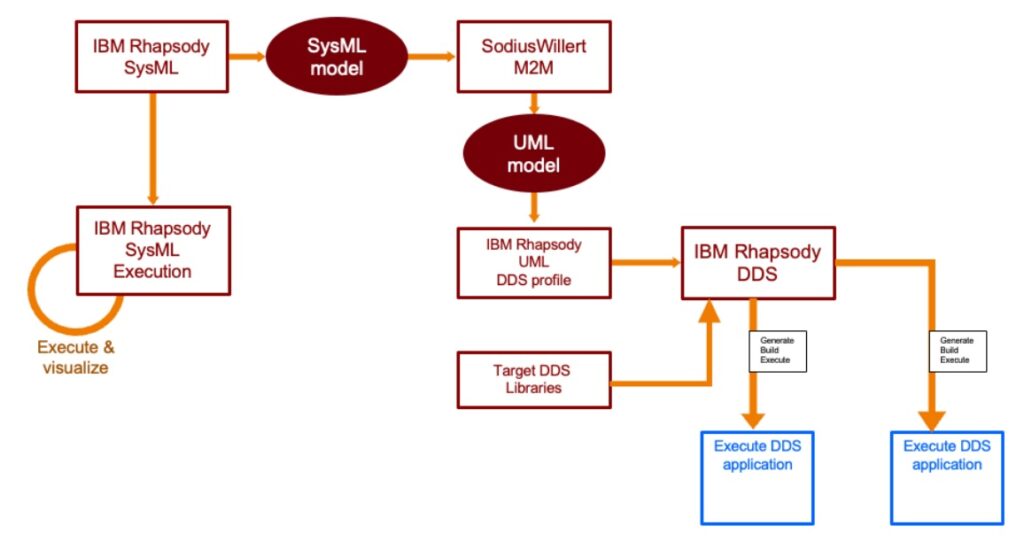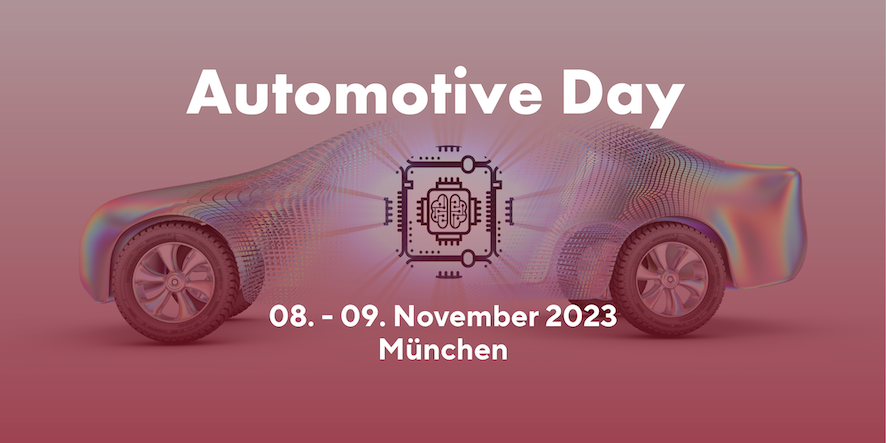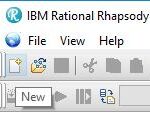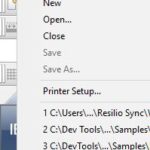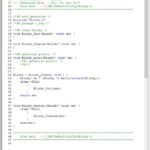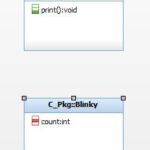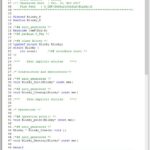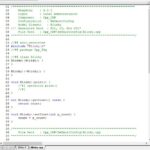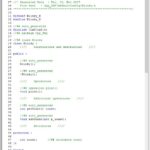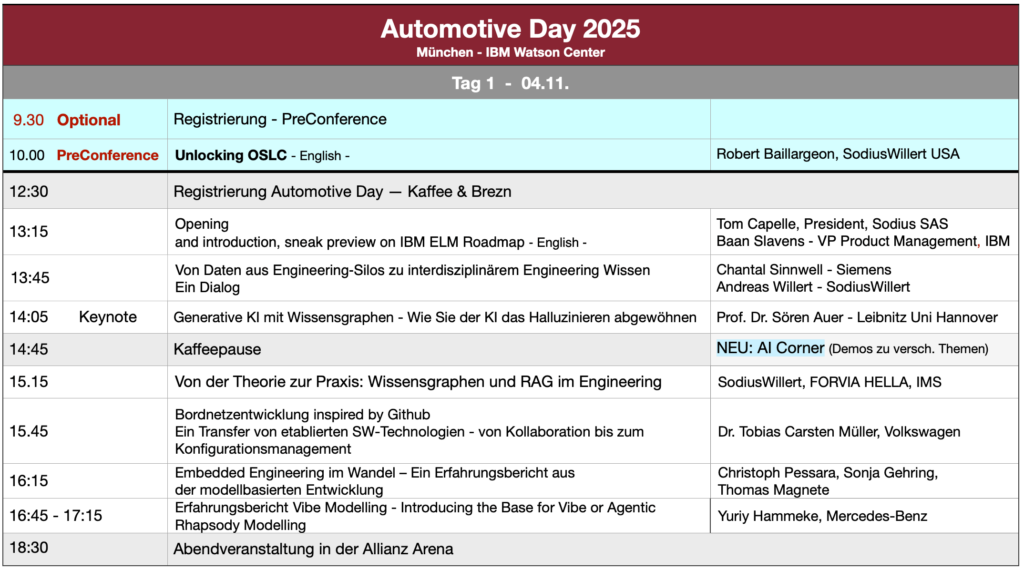
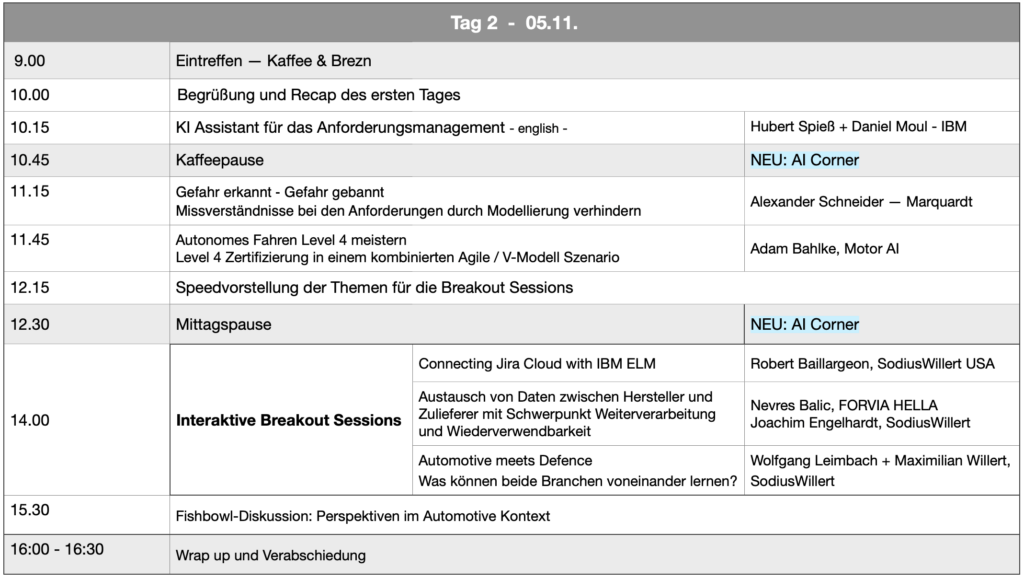
So here we are again. November 4-5, 2025. Munich. The IBM Watson Center. And yes, before you ask: it’s that impressive glass building on Mies-van-der-Rohe-Straße, not some random hotel conference room. Think less “generic conference center” and more “wow, they actually built this.” With a stunning view on the Alps included.
The Automotive Day is back, and this time with something I’m genuinely excited about: AI that might actually be useful instead of just being AI for the sake of having AI buzzwords on a slide deck.
Why Am I Writing About This?
Fair question. Look, I’ve been to enough conferences to know the difference between “we organized some presentations and called it a day” and events where people actually want to be there. The Automotive Day falls firmly in the second category.
This year’s lineup? Professor Sören Auer doing a keynote on “Generative AI with Knowledge Graphs.” Now, I know what you’re thinking: “Oh great, another AI keynote.” But hear me out—this is about making AI work with actual engineering knowledge, not just spitting out random code that looks plausible but breaks everything.
The Good Stuff: Real Projects, Real People
Here’s what I’m looking forward to: experience reports from people actually doing the work. Volkswagen, Thomas Magnete, Marquardt, and MotorAI are all presenting. These aren’t theoretical talks—these are “here’s what we tried, here’s what broke, here’s what actually worked” sessions.
And we managed to get Baan Slavens, VP Product Management at IBM, to talk about the ELM Tools roadmap. If you’re working with IBM Engineering Lifecycle Management tools (and if you’re reading this blog, chances are you do), this is your chance to hear what’s coming and—more importantly—ask questions directly.
OSLC: Finally, Someone Explains It Properly
There’s a whole session on OSLC (Open Services for Lifecycle Collaboration). I know, I know, it sounds like one of those standards that IT departments get excited about while the rest of us just want our tools to talk to each other without breaking.
But this session actually covers the practical stuff: integration, authentication, reporting, and how to manage OSLC at scale. They’re even building a simple “link loader” during the session to show how it actually works. Actual demonstrations > PowerPoint slides every single time.
The Breakout Sessions
Here’s what makes the Automotive Day different from just sitting in a room listening to presentations: the Breakout Sessions. These are where you actually get to talk, share your experiences, and—this is important—complain about things that don’t work.
Every year, participants tell me the real value isn’t just the scheduled presentations. It’s the conversations during coffee breaks, the “oh, you’re dealing with that too?” moments, and finding out you’re not the only one struggling with that one particular ISO 26262 requirement that makes no sense.
Two new topics this year that I’m particularly curious about (but won’t spoil here—you’ll have to come see for yourself).
The Practical Details
Dates: November 4-5, 2025
Location: IBM Watson Center Munich, Mies-van-der-Rohe-Straße 6, 80807 München
Hotel Recommendation: Motel One München-Parkstadt Schwabing (walking distance, basically)
Pricing:
- Early Bird (until August 18): €199 + VAT
- Regular Price (from August 19): €269 + VAT
German language conference, by the way. If your German is rusty, don’t worry—half the technical terms are in English anyway, and everyone switches to English when needed.
And Here’s the Part You Actually Scrolled Down For: VIP Tickets
I have some VIP tickets to give away. How do you get one? Simple: send me an email. First come, first serve. That’s it. No complicated application process, no essay about why you deserve it, just… send an email.
The tickets are limited (obviously), so if you’re interested, don’t wait until the last minute thinking “oh, I’ll do that tomorrow.” Tomorrow never comes. Trust me, I know this from personal experience with my own to-do lists.
Should You Come?
If you’re working in automotive systems or software engineering, dealing with ASPICE, AUTOSAR, ISO 26262, or any of those other acronyms that make our lives interesting, then yes.
If you want to hear from people who are actually implementing this stuff instead of consultants who only know it in theory, then yes.
If you want to network with people who understand why you care about the difference between a component and a module, and who won’t look at you funny when you start complaining about tool integration issues, then definitely yes.
What Participants Said Before
Just so you know I’m not making up how useful this event is, here’s what people said about previous Automotive Days:
“It was a very interesting event, can gladly be longer!”
“Very helpful and informative!!!”
“Top event, great atmosphere, excellent talks and presentations”
“It was fantastic. Great location, very good presentations and high-caliber conversations”
“Informative presentations, good networking opportunities. Looking beyond the horizon into the domains of mechanics and electronics”
Final Thoughts
Look, I get it. November. Another conference. More travel. But if you’re going to spend two days at an automotive engineering event, this is the one worth attending.
Want to see what it was like last year? Check out the 2024 program booklet or watch the video retrospective.
And seriously, if you want a VIP ticket: email me now. Don’t bookmark this page thinking you’ll remember later. You won’t. None of us do.
See you in Munich!
Register here: https://www.sodiuswillert.com/de/events/automotive-day
P.S. The IBM Watson Center has great views from the upper floors. Just saying. Worth showing up early to check it out.
P.P.S. If you’re flying in, Munich airport is well-connected. The city center is about 40 minutes by train. Much better than… well, Las Vegas. (See my other posts if you want to know how I feel about Vegas…)



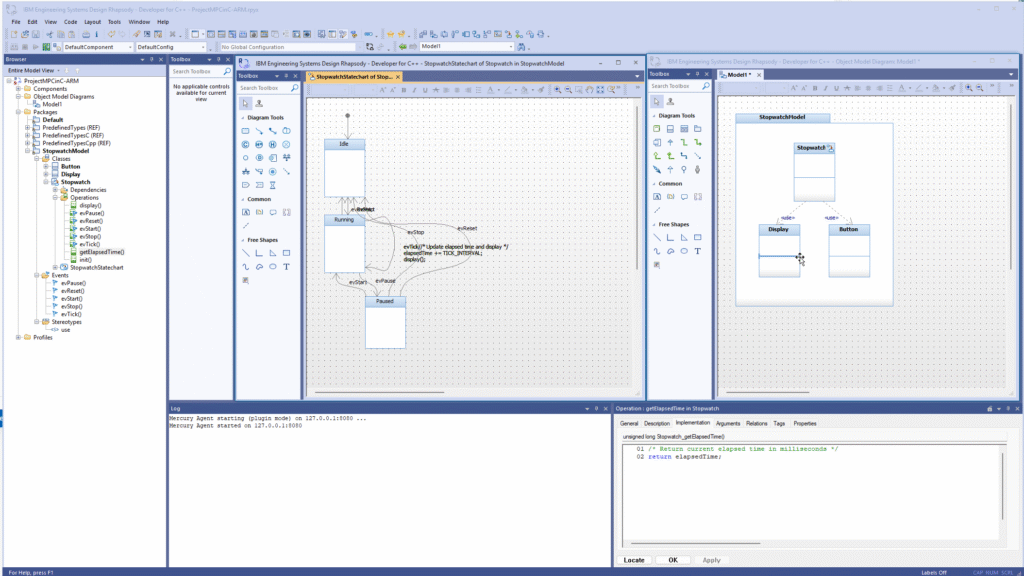

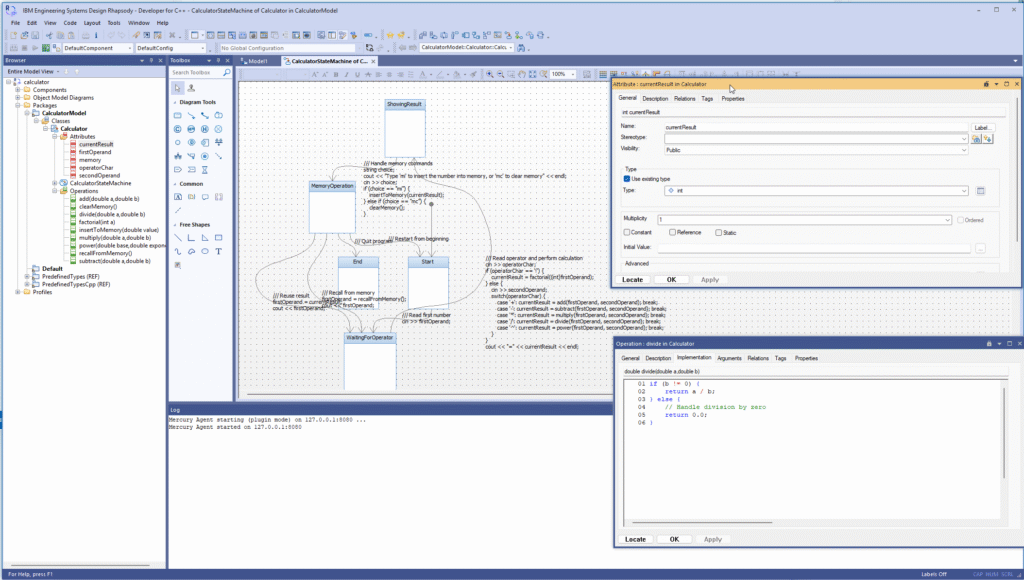

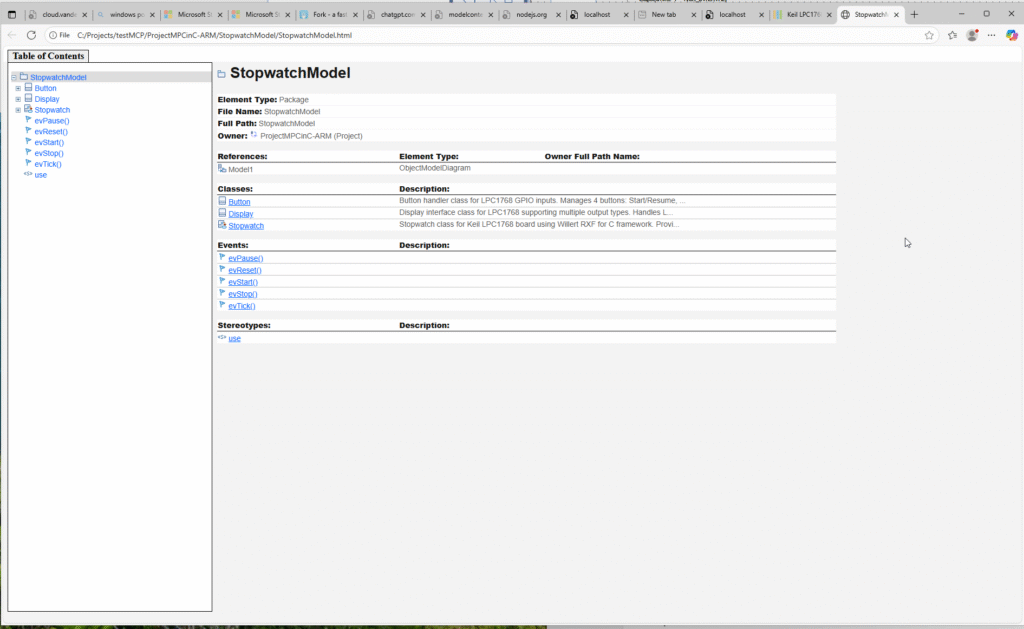








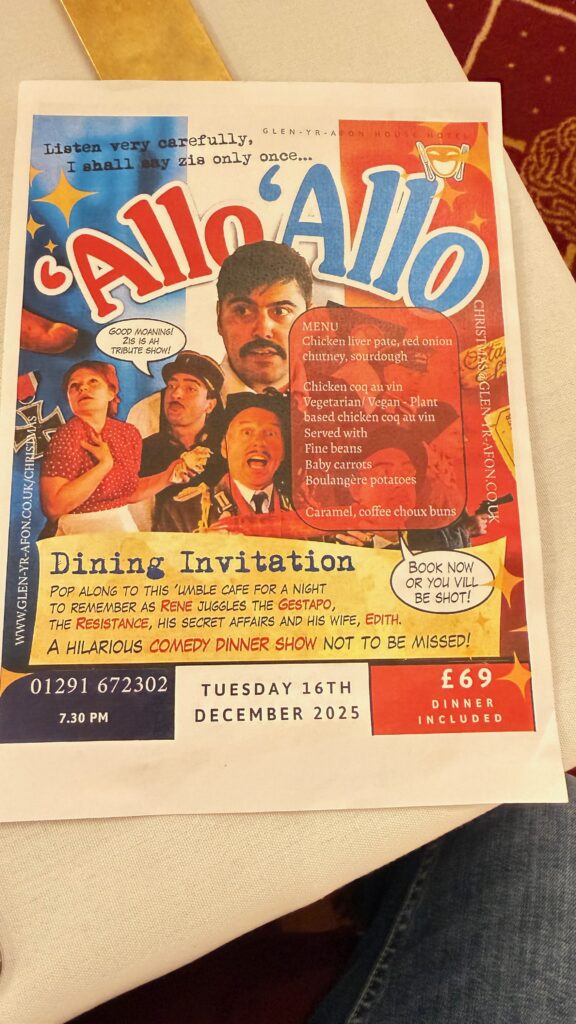


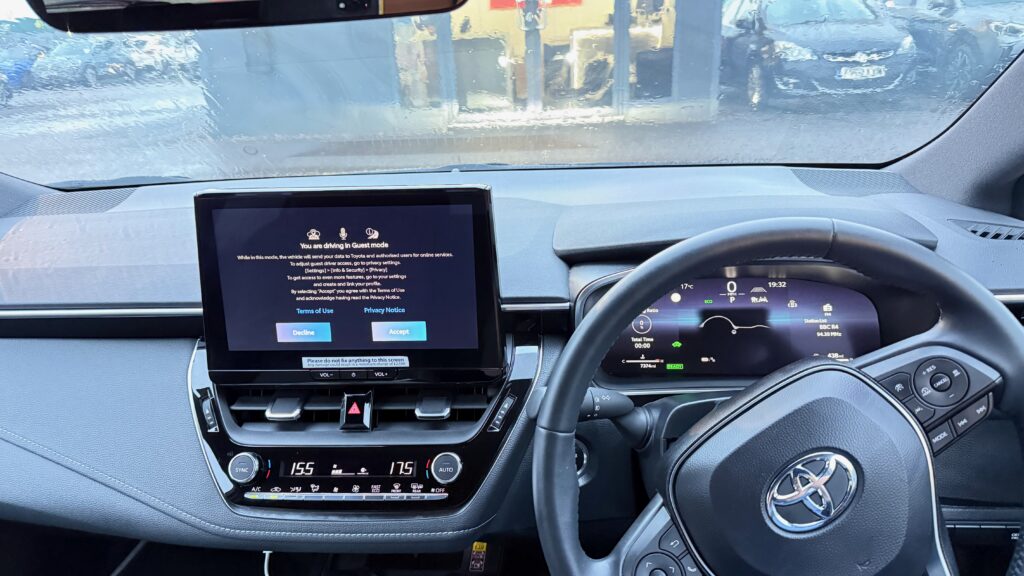


![[Photo: Grand Canyon winter view - those layered rock formations]](https://rhapsody.blog/wp-content/uploads/2025/08/IMG_9886-1024x768.jpeg)
![[Screenshot placeholder: Rhapsody SE web interface - if someone can send me one!]](https://rhapsody.blog/wp-content/uploads/2025/08/Screenshot-2025-08-30-at-08.54.01-1024x596.png)
![[Photo: Me looking cold but happy at the Grand Canyon - because why not?]](https://rhapsody.blog/wp-content/uploads/2025/08/IMG_9921-1024x768.jpeg)
![[Screenshot placeholder: Rhapsody SE collaborative interface showing real-time updates - anyone?]](https://rhapsody.blog/wp-content/uploads/2025/08/Screenshot-2025-08-30-at-08.53.14-1024x588.png)
![[Photo: Final Grand Canyon shot - the vastness that puts everything in perspective]](https://rhapsody.blog/wp-content/uploads/2025/08/IMG_9890-768x1024.jpeg)



